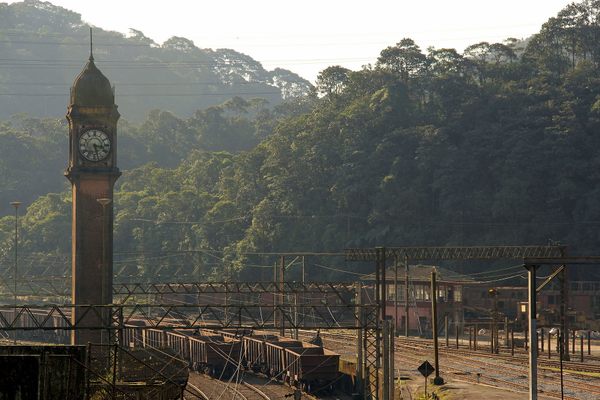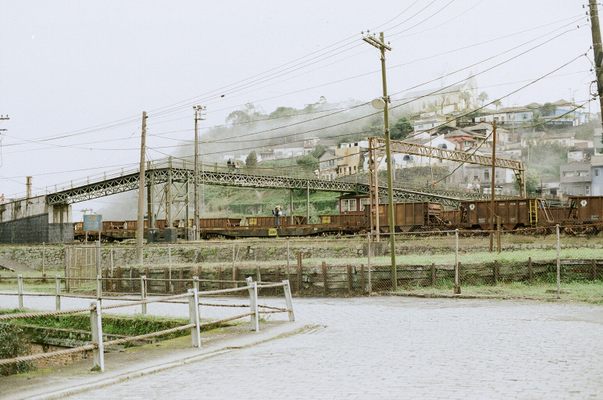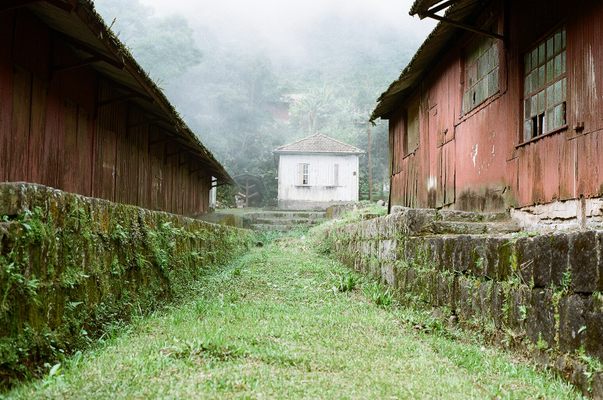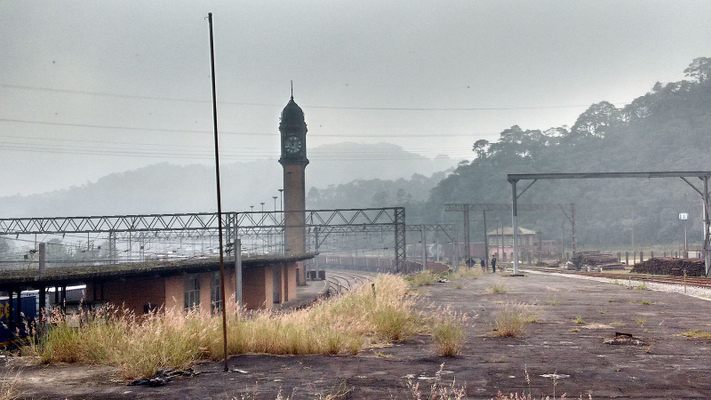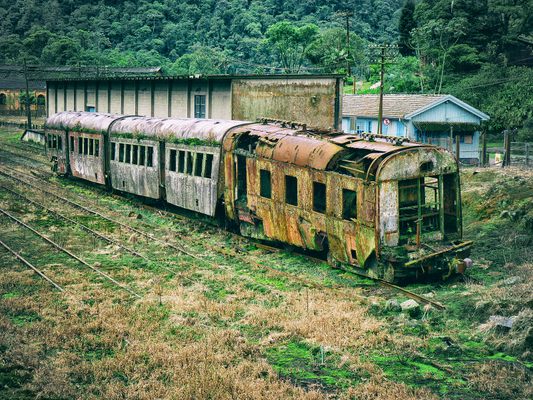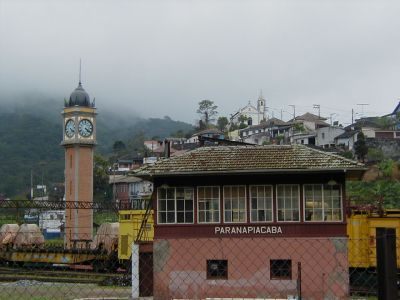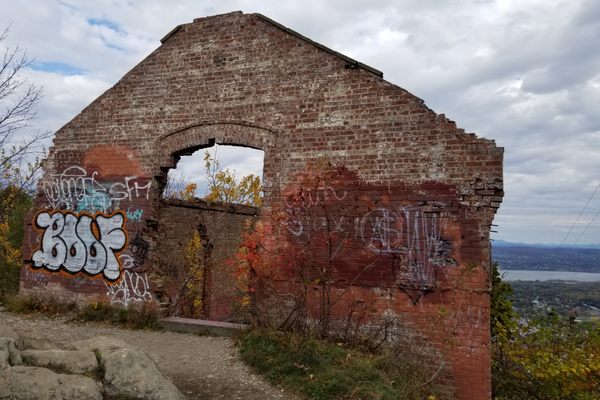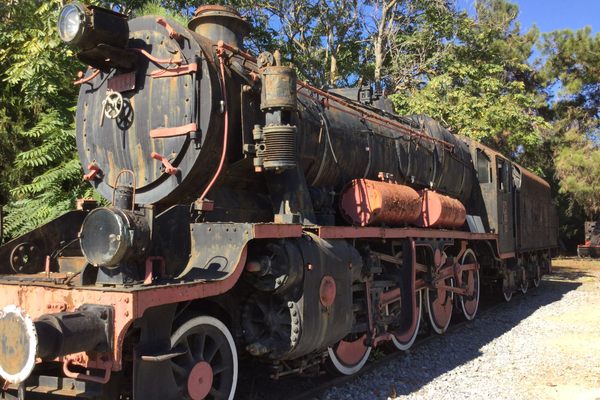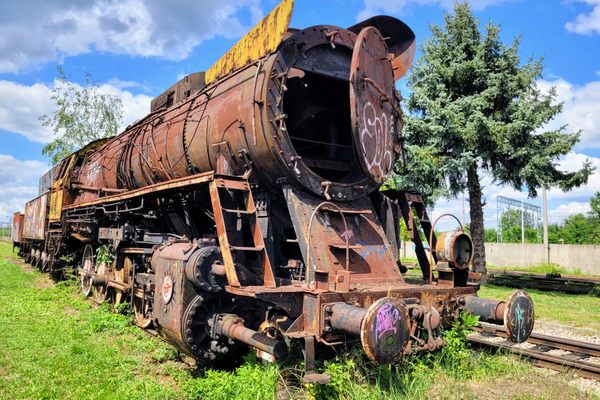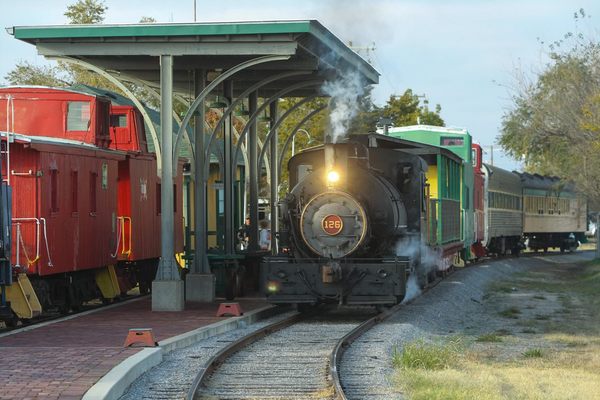About
Paranapiacaba is a small municipality outside São Paulo with a distinctly British appearance. In 1867 the town was the operation headquarters and home for the employees of the English-owned São Paulo Railway. The town's stone buildings look straight out of a London exurb and a clocktower looms above the jungle mist in the old train yard.
The São Paulo Railway carried both people and cargo (mostly coffee) between the interior of São Paulo and the port of Santos. Its greatest technological achievement was the funicular: a train shuttle built specifically for the steep mountain incline.
At its peak Paranapiacaba housed 4,000 engineers, laborers, and their families. However, as automated technology rendered the 19th century funicular obsolete, the depot ceased to be as essential for transporting goods down from the mountain and out to the coast. As Brazil grew more interconnected, the São Paulo Railway was bought out by the Brazilian government in the 1940s. The funicular from the Paranapiacaba train station remained in use until 1980, after which it was only run occasionally for tourists. Today, it sits rusting in the train yard.
Though the train station may appear broken down and desolate, Paranapiacaba is not abandoned. Around 1,000 people live in the region, but many of the old homes are empty. The village is divided into "upper" and "lower" halves by the train tracks. Vila Portuguesa lays further up the mountain, and as the name suggests, is more Portuguese in architectural style.
Downhill sits Vila Martim Smith, where the employees of the railway formerly lived in bunkhouses and small cottages. This is where the Museo Tecnológico Ferroviário sits in an old railway building. The museum exhibits all the technological achievements of the British railway in Brazil, including displays of the 19th century train equipment. The train station is also open for visitors to explore. Although the trains don't run anymore, the station is anything but dead: The industrial tracks, buildings, and equipment are being taken over by lush natural growth.
Related Tags
Know Before You Go
The city can be reached by bus from São Paulo, but the best way to get to there is to take the touristic express train at São Paulo's Luz train and metro station (on the blue, yellow, ruby, and coral lines). Booking a seat in advance is a must. Single tickets cost R$50.
Community Contributors
Added By
Edited By
Published
February 8, 2017

